: A Glimpse into the Future of Secure Transactions
In the ever-evolving landscape of technology, two domains that have captured the collective imagination are quantum computing and Web3. While Web3 aims to decentralize the internet and bring about a new era of secure, transparent transactions, quantum computing promises computational power that's exponentially greater than classical computing.
The convergence of these two groundbreaking technologies could redefine the very fabric of secure transactions and digital interactions. However, this union has its complexities and challenges.
The Current Landscape
Today, the narrative around Web3 is largely focused on blockchain, smart contracts, and decentralized finance. On the other hand, quantum computing is often discussed in the context of solving complex mathematical problems, simulating molecular structures, and breaking classical encryption methods.
Yet, there's a burgeoning interest in how quantum computing can enhance the security and efficiency of Web3 networks. While academic papers and tech forums have started to touch upon this, the mainstream conversation is still in its infancy.
Key Challenges
The integration of quantum computing into Web3 faces several obstacles. First, there's the issue of quantum readiness. Most existing cryptographic algorithms used in blockchain are not quantum-resistant, making them vulnerable to quantum attacks.
Second, the actual hardware for quantum computing is still under development and not yet ready for mainstream deployment.
Lastly, there's the challenge of scalability. Quantum computing requires stable qubits, which are difficult to maintain over extended periods, thereby limiting the scale at which quantum algorithms can be applied.
Innovative Approaches
Despite these challenges, there are promising solutions on the horizon. Quantum-resistant cryptographic algorithms are being developed to replace existing methods. Companies like IBM and Google are making strides in quantum hardware, bringing us closer to scalable quantum computing. Moreover, hybrid models that use both classical and quantum computations are being explored to bring the best of both worlds into Web3 networks.
Case Studies
One notable example is the Quantum Resistant Ledger (QRL), a blockchain platform designed to be secure against quantum attacks. It employs a type of post-quantum secure digital signature algorithm to ensure the safety of transactions. Another example is the collaboration between D-Wave and blockchain company Nebula, which aims to integrate quantum computing into blockchain networks for enhanced security and efficiency.
Cross-Disciplinary Insights
The intersection of quantum computing and Web3 could also benefit other sectors. For instance, quantum algorithms could significantly speed up the verification process in supply chain management on blockchain. Similarly, the secure, transparent nature of Web3 could enhance the reliability of quantum networks.
Impact on Everyday Life
The fusion of quantum computing and Web3 has the potential to revolutionise how we conduct digital transactions. Imagine a world where financial transactions, identity verification, and even voting systems are not only decentralised but also virtually impervious to hacking. This aligns perfectly with our vision of creating world-positive solutions that tackle complex challenges.
Future Outlook
As quantum computing matures and becomes more accessible, its integration with Web3 could set the stage for a new era of secure, efficient, and transparent digital interactions. While challenges remain, the potential benefits far outweigh the hurdles, making this a ripe area for innovation and development.
Thoughtful Analysis
In conclusion, the synergy between quantum computing and Web3 is a tantalizing prospect that could redefine digital security and efficiency. While the road ahead is fraught with challenges, they are not insurmountable. By fostering an environment of collaboration and innovation, we can unlock the full potential of these technologies, bringing us closer to a future where digital interactions are both secure and empowering.

